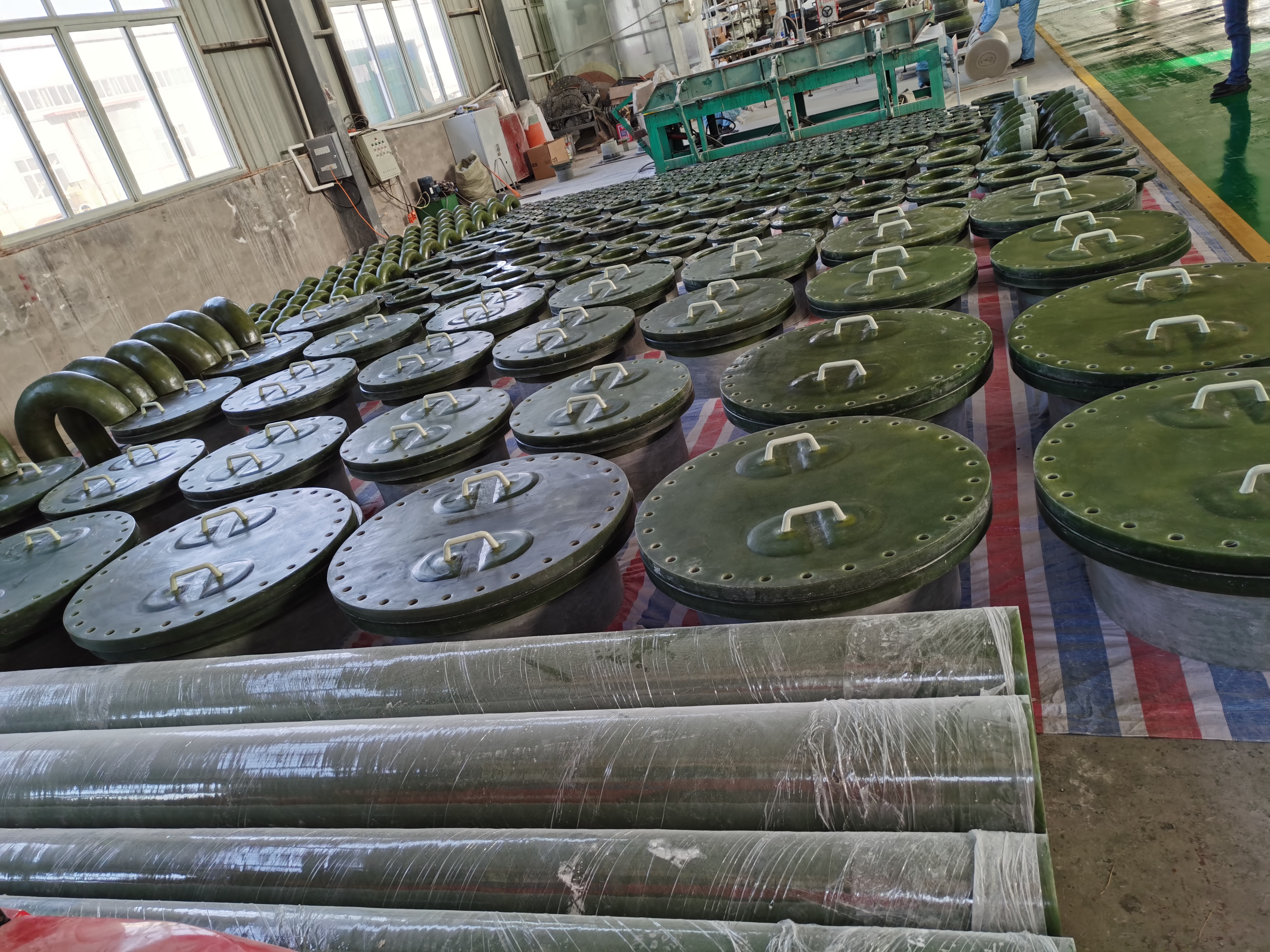
-
 Afrikaans
Afrikaans -
 Albanian
Albanian -
 Amharic
Amharic -
 Arabic
Arabic -
 Armenian
Armenian -
 Azerbaijani
Azerbaijani -
 Basque
Basque -
 Belarusian
Belarusian -
 Bengali
Bengali -
 Bosnian
Bosnian -
 Bulgarian
Bulgarian -
 Catalan
Catalan -
 Cebuano
Cebuano -
 China
China -
 China (Taiwan)
China (Taiwan) -
 Corsican
Corsican -
 Croatian
Croatian -
 Czech
Czech -
 Danish
Danish -
 Dutch
Dutch -
 English
English -
 Esperanto
Esperanto -
 Estonian
Estonian -
 Finnish
Finnish -
 French
French -
 Frisian
Frisian -
 Galician
Galician -
 Georgian
Georgian -
 German
German -
 Greek
Greek -
 Gujarati
Gujarati -
 Haitian Creole
Haitian Creole -
 hausa
hausa -
 hawaiian
hawaiian -
 Hebrew
Hebrew -
 Hindi
Hindi -
 Miao
Miao -
 Hungarian
Hungarian -
 Icelandic
Icelandic -
 igbo
igbo -
 Indonesian
Indonesian -
 irish
irish -
 Italian
Italian -
 Japanese
Japanese -
 Javanese
Javanese -
 Kannada
Kannada -
 kazakh
kazakh -
 Khmer
Khmer -
 Rwandese
Rwandese -
 Korean
Korean -
 Kurdish
Kurdish -
 Kyrgyz
Kyrgyz -
 Lao
Lao -
 Latin
Latin -
 Latvian
Latvian -
 Lithuanian
Lithuanian -
 Luxembourgish
Luxembourgish -
 Macedonian
Macedonian -
 Malgashi
Malgashi -
 Malay
Malay -
 Malayalam
Malayalam -
 Maltese
Maltese -
 Maori
Maori -
 Marathi
Marathi -
 Mongolian
Mongolian -
 Myanmar
Myanmar -
 Nepali
Nepali -
 Norwegian
Norwegian -
 Norwegian
Norwegian -
 Occitan
Occitan -
 Pashto
Pashto -
 Persian
Persian -
 Polish
Polish -
 Portuguese
Portuguese -
 Punjabi
Punjabi -
 Romanian
Romanian -
 Russian
Russian -
 Samoan
Samoan -
 Scottish Gaelic
Scottish Gaelic -
 Serbian
Serbian -
 Sesotho
Sesotho -
 Shona
Shona -
 Sindhi
Sindhi -
 Sinhala
Sinhala -
 Slovak
Slovak -
 Slovenian
Slovenian -
 Somali
Somali -
 Spanish
Spanish -
 Sundanese
Sundanese -
 Swahili
Swahili -
 Swedish
Swedish -
 Tagalog
Tagalog -
 Tajik
Tajik -
 Tamil
Tamil -
 Tatar
Tatar -
 Telugu
Telugu -
 Thai
Thai -
 Turkish
Turkish -
 Turkmen
Turkmen -
 Ukrainian
Ukrainian -
 Urdu
Urdu -
 Uighur
Uighur -
 Uzbek
Uzbek -
 Vietnamese
Vietnamese -
 Welsh
Welsh -
 Bantu
Bantu -
 Yiddish
Yiddish -
 Yoruba
Yoruba -
 Zulu
Zulu
FRP Pipes and Fittings for Enhanced Desalination and Water Treatment Efficiency
Enhancing Water Treatment Efficiency with FRP Desalination Pipes and Fittings
Water scarcity is becoming an increasingly critical issue globally, driving the need for innovative technologies in water treatment. One such solution that has gained traction in recent years is the use of Fiberglass Reinforced Plastic (FRP) pipes and fittings for desalination processes. This article explores how FRP materials contribute to efficient water treatment, particularly in desalination systems.
Understanding FRP in Water Treatment
Fiberglass Reinforced Plastic is a composite material made of a polymer matrix reinforced with glass fibers. This combination results in a lightweight, corrosion-resistant, and durable product that is ideal for various applications, including aquatic systems. In the context of desalination, FRP pipes and fittings stand out due to their superior physical and chemical properties.
Advantages of FRP Desalination Pipes and Fittings
1. Corrosion Resistance One of the most significant advantages of FRP materials is their exceptional resistance to corrosion. Traditional materials like steel and concrete often succumb to the harsh saline environments encountered in desalination. FRP, by contrast, can withstand these conditions without degrading, leading to increased longevity and reduced maintenance costs for water treatment facilities.
2. Lightweight and High Strength FRP pipes are much lighter than metal or concrete alternatives, allowing for easier handling and installation. This characteristic significantly reduces transportation and installation costs. Moreover, the high strength-to-weight ratio allows for the construction of robust infrastructure capable of withstanding high pressures commonly associated with desalination processes.
3. Reduced Energy Consumption Efficient water treatment often hinges on energy consumption. FRP materials have a lower friction coefficient compared to traditional metal pipes, resulting in less energy required for water pumping and movement. This efficiency translates into cost savings and a lower carbon footprint, making desalination processes more sustainable.
4. Versatile Design Options The manufacturing process of FRP pipes allows for various design and customization options. Designs can be tailored to meet specific hydrodynamic requirements, ensuring optimal flow rates and pressure conditions that are critical for effective desalination.
frp desalination pipes and fittings for efficient water treatment

5. Longevity and Durability FRP has an impressive lifespan, often exceeding 50 years with minimal maintenance. This durability not only ensures consistent performance over time but also significantly decreases the frequency of replacements, further contributing to cost-effectiveness in water treatment operations.
Applications in Desalination Systems
FRP pipes and fittings are increasingly being integrated into various components of desalination systems. They are used in intake systems to draw seawater, in reverse osmosis systems for transporting freshwater, and in brine discharge systems to efficiently dispose of concentrated saline water. Their application ensures that the entire desalination process is streamlined and efficient.
Additionally, FRP is being utilized in storage tanks and other supporting infrastructure, enhancing the overall system’s effectiveness. The lightweight nature of FRP allows for innovative installation designs that maximize space and optimize operational flow paths.
Case Studies and Implementations
Numerous successful implementations of FRP in desalination projects can be observed worldwide. For instance, in regions experiencing acute water shortages, such as the Middle East and North Africa, adopting FRP technology has led to enhanced productivity and reliability in water treatment plants. These projects showcase not only the material's resilience but also its role in fostering sustainable water management practices.
Conclusion
The integration of FRP desalination pipes and fittings into water treatment systems represents a significant advancement in the fight against global water scarcity. With their corrosion resistance, lightweight properties, energy efficiency, and durability, FRP materials are reshaping the landscape of desalination technology. As demands for freshwater continue to rise, leveraging innovative solutions such as FRP is critical to ensuring a sustainable and efficient water treatment future. By investing in these advanced materials, we can unlock new potentials in desalination, ultimately leading to a more water-secure world.









